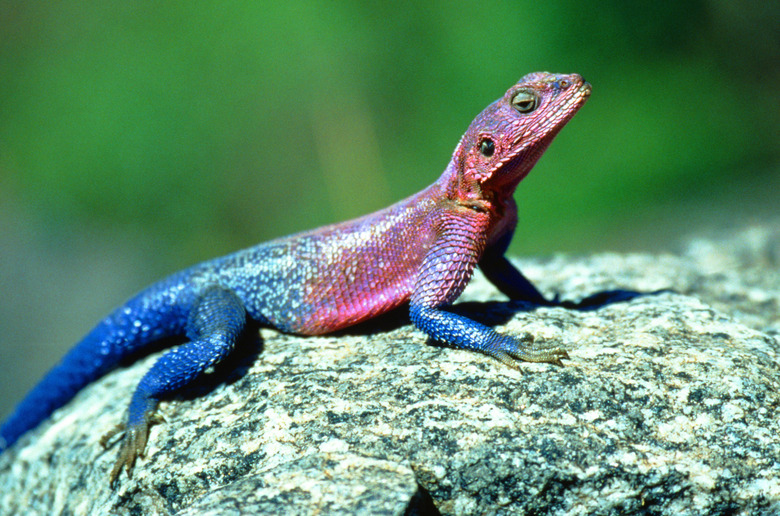Cannon's Four Features Of Homeostasis
Homeostasis describes the process by which organisms actively maintain the steady (or fairly steady) state of conditions necessary for their survival. Homeostasis can refer to processes that occur in an individual organism, such as maintaining a steady temperature or balance of vital nutrients. Homeostasis can also exist in a broader sense, in reference to ecosystem or societal forces.
Cannon’s Development of Homeostasis
Cannon's Development of Homeostasis
The term "homeostasis," as well as its attendant principles, was initially proposed by American psychophysiologist Walter Bradford Cannon in 1930. Cannon developed his principles of homeostasis based in part upon the work of Claude Bernard's concept of "milieu interieur," which presented the notion of equilibrium of cells in the face of external forces. Cannon adapted this idea to organisms as a whole, both physiologically and psychologically.
Demonstrating Constancy
Demonstrating Constancy
The first principle of homeostasis provided by Cannon is that all living organisms demonstrate constancy. That is, they have a relatively stable and consistent internal environment within an open system. The principle of homeostasis also necessitates the notion that there must be some mechanisms at work that allow organisms to maintain this constancy.
Change and Resistance to Change
Change and Resistance to Change
In order for constancy to remain within an organism, any change — from interior or exterior forces — must in turn be countered with a resistance to change. In order to maintain a steady state, a living thing that tends towards change must have automatic factors that resist this change. For example, a rise in body temperature is automatically countered with biological mechanisms (such as sweating to create evaporation of moisture on the skin) that act to return the body to a more constant temperature.
Regulatory Mechanisms
Regulatory Mechanisms
Cannon further posited that the homeostatic state is determined by a regulating system composed of multiple cooperative mechanisms that work to maintain homeostasis through simultaneous or sequential acts. An example of this is the regulation of blood sugar in a body by insulin, glucagon and other complementary hormones. This requires several mechanisms of action, all working together to maintain the appropriate levels.
Organized Self-Government
Organized Self-Government
The final principle of homeostasis that Cannon suggests is that though the process of homeostasis is automatic, it does not occur randomly or by chance. Cannon posits instead that homeostasis is the end result of an organized self-government of an organism.
Cite This Article
MLA
Miller, Lisa. "Cannon's Four Features Of Homeostasis" sciencing.com, https://www.sciencing.com/cannons-four-features-homeostasis-19379/. 24 April 2017.
APA
Miller, Lisa. (2017, April 24). Cannon's Four Features Of Homeostasis. sciencing.com. Retrieved from https://www.sciencing.com/cannons-four-features-homeostasis-19379/
Chicago
Miller, Lisa. Cannon's Four Features Of Homeostasis last modified March 24, 2022. https://www.sciencing.com/cannons-four-features-homeostasis-19379/
